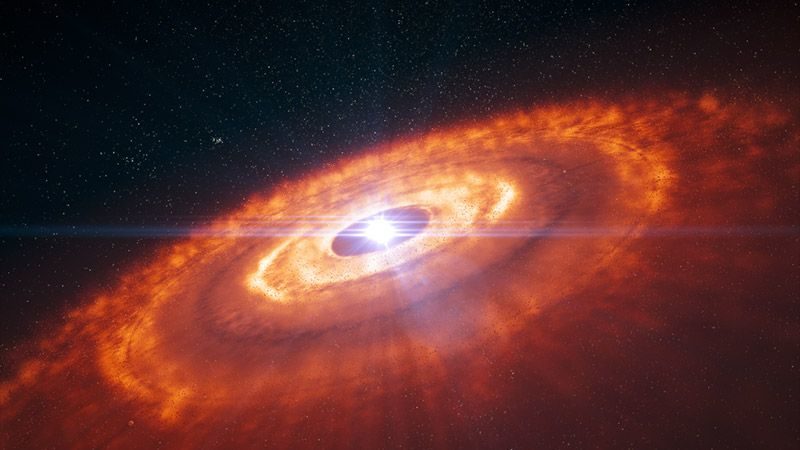
Some 100,000 years ago, when Neanderthals still occupied the caves of southern Europe, a star was born. It appeared when a ball of gas collapsed and ignited within a stellar factory known as the Taurus Molecular Cloud. Then, leftover material began to cool and coalesce around it, forming dust grains and a hazy envelope of gas.
In September 2014, some of the light from that hot young star and its surroundings landed inside 66 silvery parabolas perched on a plateau in Chile's Atacama desert - the driest on Earth. The photons had taken 450 years to make the journey. Astronomers were waiting. They were conducting a test of the Atacama Large Millimeter/submillimeter Array (ALMA), which features radio antennas separated by distances of up to 15 kilometres. With such long spans between them, the antennas work as a high-resolution receiver that can discern cool objects less than a millimetre across.
When the telescope team trained ALMA on the young star, named HL Tauri, they expected to see a bright smear of dust and gas. Instead, when ALMA's supercomputer stitched together those photons, the image resolved into a disk with a well-defined ring structure, with gaps seemingly etched by small, infant planets orbiting a central star. It looked like a furry, orange Saturn1. It looked like nothing astronomers had ever seen.
"I kept flipping through their paper, and I was like, 'Where is the real image? This is obviously a model'," says Kate Follette, an astronomer at Amherst College in Massachusetts.
What the researchers had captured was a picture of a planetary nursery - where baby planets were forming in a disk of gas and dust around HL Tauri. This observation marked the start of a revolution in the burgeoning field of planetary-disk imaging. In the four years since, astronomers have captured 'baby pictures' of numerous other systems. These planet-forming regions exhibit a wide variety of patterns. Some are neat ovals, with lanes as clearly defined as those of a race track. Others look like galaxies in miniature, with swirling arms that branch off into open arcs.
The latest observations, including results announced in April and July, have revealed planets in the process of being sculpted, with dust and gas flowing onto bulbous, red-hot infant worlds2,3.
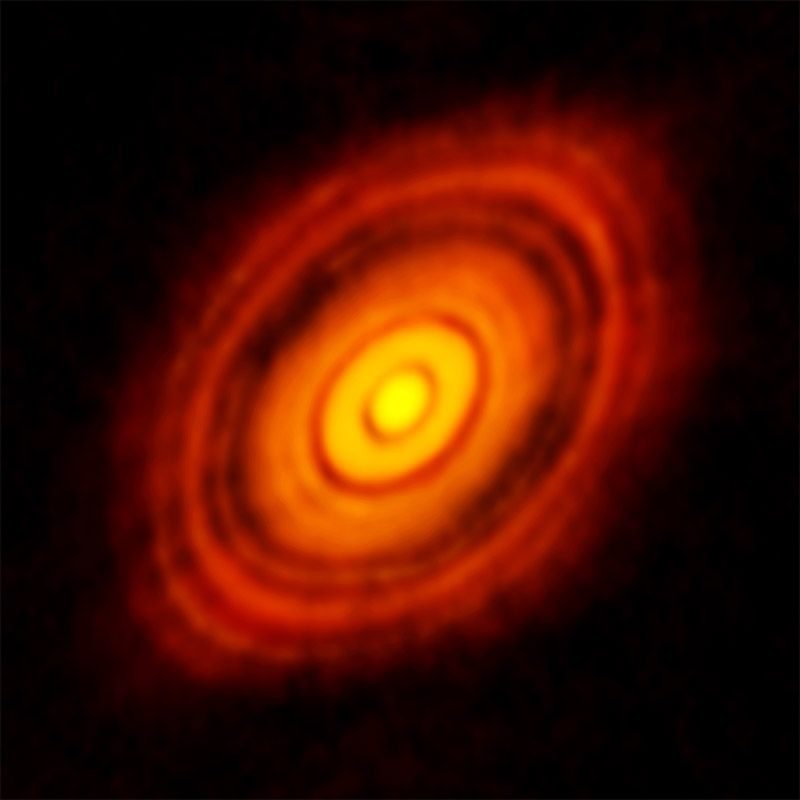
Collisions and curdling
The prevailing theory of how the Solar System formed goes back to the German philosopher Immanuel Kant. In 1755, he imagined the Sun and planets arising from a nebulous cloud of gas and dust that slowly collapsed and flattened. Today, the widely accepted general model for how the process unfolded holds that the Sun collapsed inside a molecular cloud, a star factory full of gas molecules. A ring of gas and dust would have remained after the star formed, cooling and progressively condensing into bigger grains, then into larger, asteroid-sized bodies called planetesimals, and ultimately into planets.
Theorists have been refining the particulars of the process since the 1970s, taking into account the distribution of planets in the Solar System and the chemical components of meteorites - crumbs from the Solar System's formation. By the early 2000s, they had settled on two distinct scenarios for making rocky planets and gas giants (see 'Attractive scenarios').
In one theory, called core accretion, rocky material violently smacks together, melts, coagulates and forms larger bodies, gradually creating protoplanets - compact embryonic worlds several thousand kilometres across. With their gravitational heft, proto-planets can attract a huge envelope of gas as they orbit through the planetary disk. This could enable them to metamorphose into the core of a giant planet, such as Jupiter; alternatively, their growth might ultimately stall at the rock-ball stage, as happened with Earth, Mars and the other terrestrial planets.
Others theorized that the Solar System was forged not through violent collisions, but instead by a kind of curdling. In this scenario, called the streaming instability, gas and dust surrounding a star cool off quickly and begin drifting, becoming concentrated and collapsing under their own gravity. The centimetre-scale dust and ice in the disk forms agglomerations that grow into larger, denser bodies between 1 and 100 kilometres across. Then, through other processes, these grow into larger planetary embryos and, eventually, planets.
Comment: It seems neither of these theories take into account the contribution plasma has on these processes: Planet-X, Comets and Earth Changes by J.M. McCanney
But neither of these ideas can quite explain the Universe we see. Take Jupiter, which contains the vast majority of the material left behind from the Sun's birth. Among the biggest questions is how the planet could have quickly grown a core big enough to hoover up the bulk of its mass; collisions between planetesimals would take many millions of years. But theorists reckon that the 'natal disk' of dust and gas that surrounded the young Sun would have disappeared 1 million to 10 million years after it formed, as gas dissipated and dust spiralled onto the star. (Compounding the problem, NASA's Juno probe recently revealed that Jupiter's core is even bigger than expected, meaning that the formation process must have been extremely fast.) Jupiter's location is also hard to explain. Theorists have speculated since the 1970s that planets might migrate from one orbit to another as they form or jostle with other burgeoning planets.
The cracks in planet-formation theories only got worse in the mid-2000s, as discoveries of other planetary systems began rolling in. Some stars have large planets that complete their orbits in just a few days. Other planets circle their hosts at distances that make Jupiter seem like the Sun's next-door neighbour. Although simulations are growing more complex as hardware and software improve, neither core-accretion nor streaming-instability models do a good job of explaining how such huge worlds are formed, and at such disparate distances from their stars.
One scenario that could account for far-out planets emerged in 2012. Astronomers Anders Johansen and Michiel Lambrechts at Lund University, Sweden, devised a variation on the core-accretion and streaming-instability scenarios. In their theory, dubbed pebble accretion, leftover star-forming material assembles as loose collections of dust and pebbles. Already-formed planetesimals swim among them, and then grow quickly by accumulating more pebbles, much as a snowball gets bigger as it rolls downhill. In this scenario, Johansen says, a planet would start out at the edges of a star's natal disk and gather up pebbles as it migrates inwards. Depending on gravitational interactions between worlds, it could end up either very close to its host star, or far removed from it. Astronomers think that Jupiter and Saturn might have undergone such a migration early in the life of the Solar System.
Pebble accretion has quickly gained popularity as a way of explaining systems such as HL Tauri, whose dark rings, etched in luminous dust, seem to harbour planets less than 100,000 years old. "These dark rings probably have young planets" in them, says Matthew Clement, an astronomer at the University of Oklahoma in Norman. "This has been really inspirational for us. It's confirmation, in a way, that planets grow really fast."
Tallying it up
Although pebble accretion could explain how planets get big fast, it doesn't provide as much insight into how the seed of a planet - the start of the snowball - forms in the first place.
The challenge is bridging the gap between centimetre-scale bits of dust and Moon-sized objects. Older simulations assumed that dust and gas moved together. "When people did this problem historically, they always assumed the dust and gas were perfectly locked to each other," says Philip Hopkins, an astronomer at the California Institute of Technology in Pasadena.
He and Jono Squire, a postdoctoral researcher in his lab, have been revising models to separate the two, exploring complex inter-actions in a protoplanetary disk that can cause gas to swirl around dust grains in the same way as water eddies around sticks floating in a stream4. These redirected gas flows quickly become turbulent and unstable, forcing dust to clump together like flood debris. Such modelling could help to shed light on the fundamentals of planetesimal clumping, Hopkins says. "This could really change the story."
But as theorists tinker with accreting pebbles and swirling gas, another problem is lurking in the background. In 2013, astrophysicist Subhanjoy Mohanty of Imperial College London and astronomer Jane Greaves, now at Cardiff University, UK, published an initial survey of protoplanetary disks in the Taurus Molecular Cloud5. The observatories they used were not powerful enough to clearly resolve grooves in disks like those that ALMA saw around HL Tauri, but when the researchers tallied up how much gas and dust seemed to be present, they found that intermediate-sized stars had disks that packed much less mass than expected.
This summer, astronomer Carlo Manara at the European Southern Observatory (ESO) in Garching, Germany, took another look, and found this to be true throughout the Milky Way6. Protoplanetary disks have just a fraction - sometimes as little as 1% - of the combined mass of exoplanets orbiting similar stars, he found. This would mean that planetary systems are bigger than the stuff used to make them.
Whatever the explanation for this seemingly impossible scenario, theorists will have to grapple with the implications. To account for exoplanet observations, they have generally started with vast quantities of material. "You need a huge amount of mass in the disk [for it] to exert gravity on itself to act like a seed, and collapse on itself," Greaves says.
It is possible that there is more here than meets the eyepiece. There could, for example, be material in the disk that is difficult for telescopes to catch. Or, as Manara and his colleague Alessandro Morbidelli, a dynamicist at the Côte d'Azur Observatory in Nice, France, suggest, astronomers might be seeing only a snapshot; stars might be accreting new material from outside the protoplanetary disk, from the molecular clouds that forged them.
This theft could be hard to spot. But in research published in 2017, astrophysicist Hsi-Wei Yen at the ESO and his colleagues described two gas streams that seem to be connected to HL Tauri's disk - although they couldn't tell whether the gas was flowing towards or away from the star7. If it were heading towards the star, Morbidelli says, the inflowing gas would have wide impacts, because it would also affect factors such as the disk's temperature, density and magnetism. Finding evidence of such flows suggests that stars and planets are not isolated from the larger cosmos as they form and grow. "The disk is not in a box," he says, "and this is also a revolution in our thinking about disks."
Planetary menagerie
As if theorists did not already have enough to grapple with, observations of planetary nurseries continue to pile up. The latest findings lend weight to the idea that planets are forming early in the lives of their stars, and at distances from them that vary widely.
And it's not just ALMA that's been supplying images. Astronomers have also turned to the SPHERE instrument mounted on the ESO's Very Large Telescope. This, too, is in the Atacama desert, about a six-hour drive south of ALMA. SPHERE has a system that can cancel out the blurring effects of the atmosphere and a filter that blocks starlight. In April, astronomers announced that they had used it to capture a diverse array of disks around eight young Sun-like stars2. Some resembled wide platters, some had distinct racetrack-like ovals, and one resembled a galaxy with jets streaming from its centre. Such diversity suggests that planet-forming is a complex process yielding many possible outcomes.
Just two months later, news came that ALMA had been used to snap what might be the youngest exoplanets ever seen, orbiting a 4-million-year-old star about 100 parsecs (330 light years) from Earth8,9. ALMA, which is at its most sensitive when viewing small, cool objects, cannot see starlight reflecting off the planets directly. But the swirl of carbon monoxide gas in the disk of the star suggests that three planets - each roughly the mass of Jupiter - are in orbit, forcing gas to flow around them, as rocks control the flow of a stream.
Not to be outdone, astronomers who had turned SPHERE towards another young star, called PDS 70, managed to nab a direct image of a gas giant. The planet orbits its star about four times farther than Jupiter does from the Sun, and is still gobbling up material from its natal disk of dust and gas3. The observation confirms the prediction that gas planets such as Jupiter form at vast separations from their stars.
Another instrument, the Gemini Planet Imager (GPI), which is mounted on the Gemini South Telescope in Chile's Andean foothills, has also been capturing disks with planets embedded in them, including a large gas giant that seems to support the core-accretion scenario of planet formation10. As more observations roll in, lingering doubts about whether these young nurseries are really cradling planets - and not, say, displaying instabilities in their disks - are being put to rest. "Almost all of the features that we see can be explained most easily by planets," says Follette, who works on the GPI.
But the latest findings are also showing astronomers that the Universe is much more complex and richly detailed than even our most advanced theories can predict. Several astronomers are realizing that the theoretical work they were doing a decade ago is no longer valid, but they are still not sure how to fix it.
"There's always that aspect; I'm sad that the stuff I did in the past isn't right any more. But the truth is, it was never right," says Sean Raymond, an astronomer at the Bordeaux Astrophysics Laboratory in France. "It was hopefully a step forward."
Observations might be of limited use in resolving the picture. ALMA and other radio observatories can see the dust and gas surrounding young stars, and optical instruments such as SPHERE and the GPI can see the disks and planets embedded in them, lit up with reflected starlight. But the range between tiny debris and 1,000-kilometre worlds will remain invisible.
Still, current and future telescopes could help to fill in some gaps. Astronomers could reach beyond ALMA's millimetre-scale vision to the centimetre range, Greaves says, with higher-resolution radio observations from telescopes such as the United Kingdom's Merlin array - as well as from the forthcoming Square Kilometre Array, due to be hosted in South Africa and western Australia. Such observations could partly bridge the span between dust and protoplanet. Greaves eagerly anticipates the possibility of finding centimetre-scale material swirling around what could be future rocky planets. "Seeing a spot in a disk that indicated an Earth forming at an Earth-like distance from its star - that's the new holy grail, at least for me."
With the observation of protoplanetary disks still in its infancy, the full story of planet-making will probably be more complicated than anyone expects, and ideas could well be overturned and then overturned again. "Case in point, it looks like the Solar System isn't even the most common-looking system out there. We're a little weird," says Clement. "It turns out there is a lot of complexity out there."
Nature 564, 20-23 (2018)
doi: 10.1038/d41586-018-07591-8
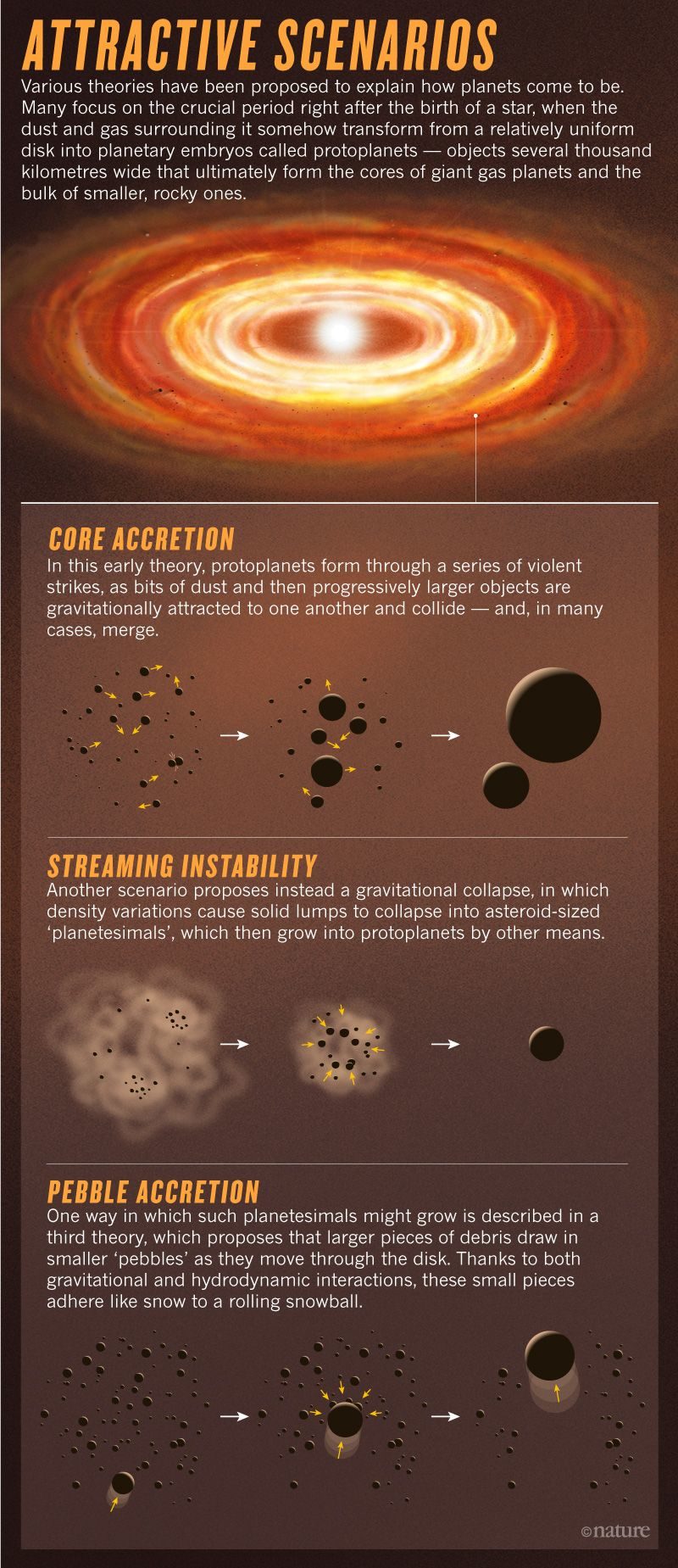
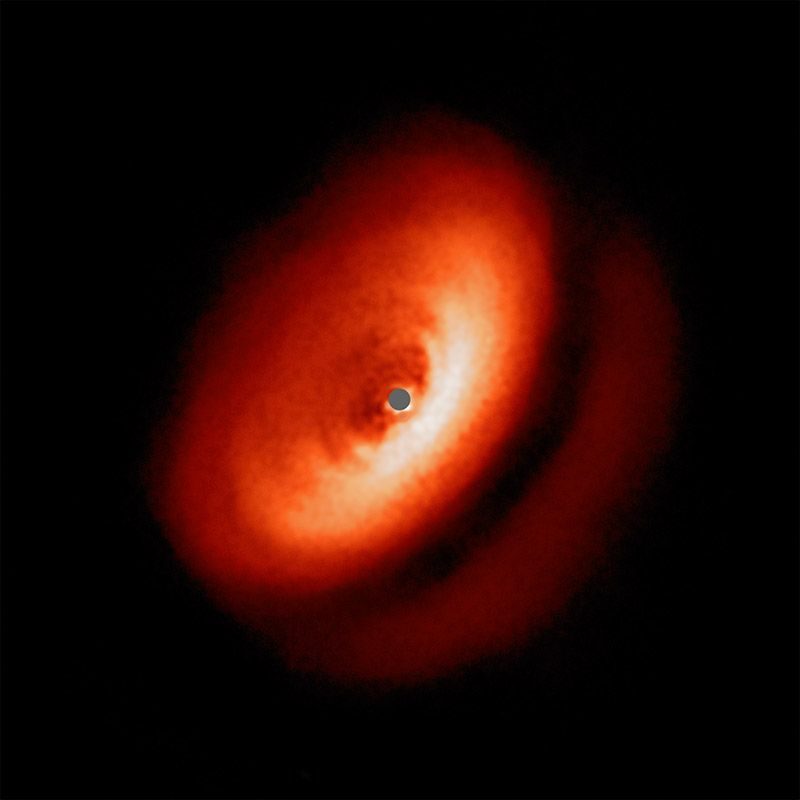
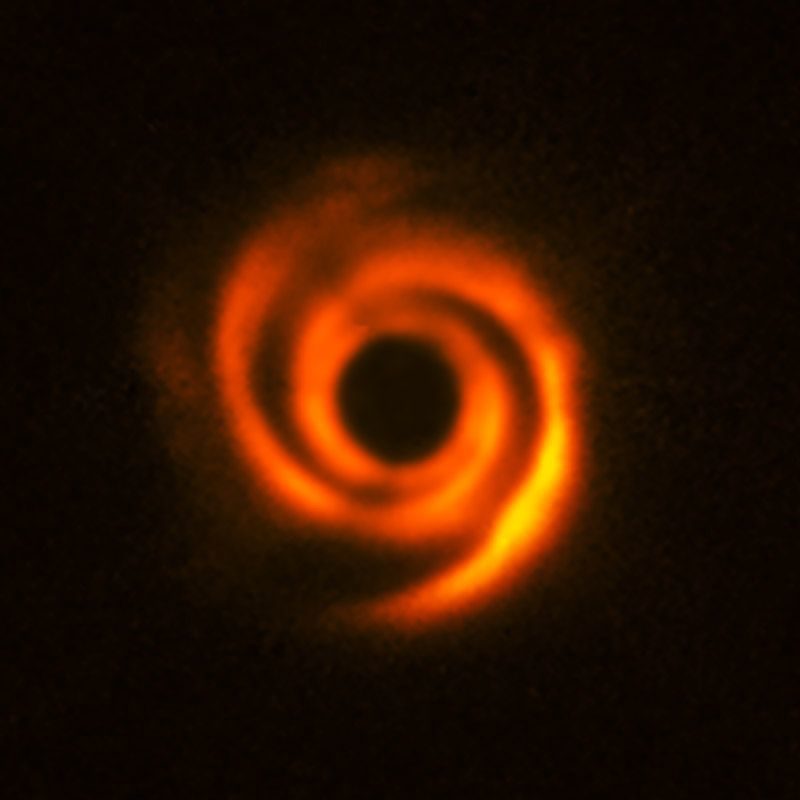
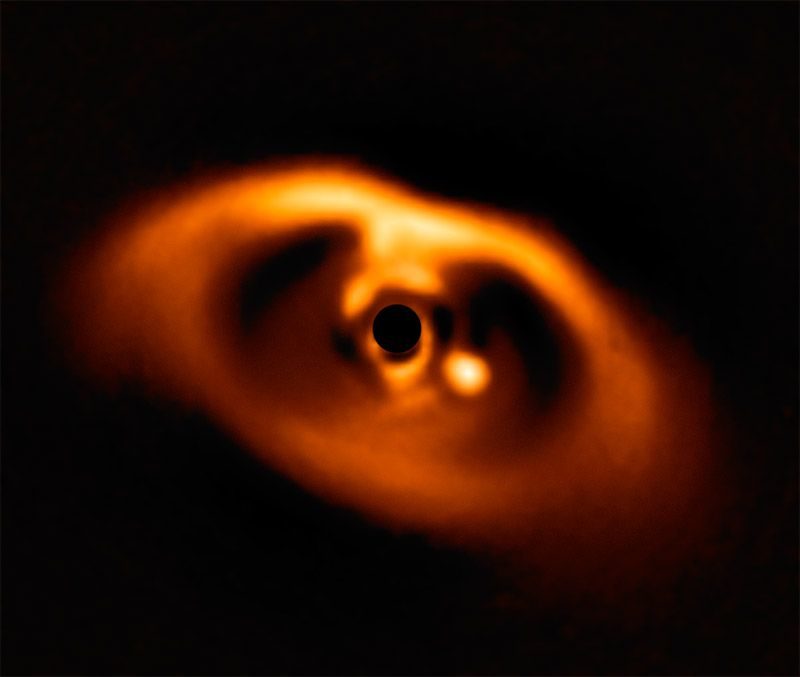



Comment: It seems that part of the reason for that these theories don't stand the test of time is because they're missing some fundamental pieces of the puzzle:
- "An illusion": Grave doubts over LIGO's 'discovery' of gravitational waves
- Electric Universe: Supersonic plasma jets discovered in Earth's atmosphere
- The Science Cartel vs. Immanuel Velikovsky
- Bringing balance to the universe: New theory could explain missing 95 percent of the cosmos
Also check out SOTT radio's: Behind the Headlines: Earth changes in an electric universe: Is climate change really man-made? as well as Pierre Lescaudron and Laura Knight Jadczyk's book: Earth Changes and the Human Cosmic Connection